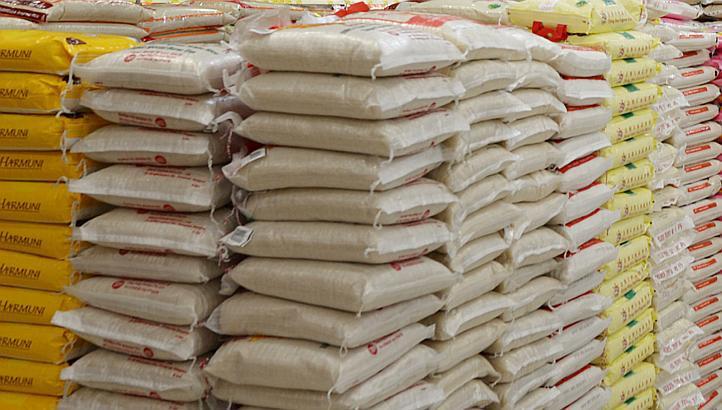Nigeria’s rice imports will rise by 13 per cent next year to 3.4 million metric tons, making the country the world’s biggest rice importer after China, according to the US Department of Agriculture. “China and Nigeria are projected to remain the largest rice importing countries in 2019, followed by the European Union, Cote d’Ivoire, and Iran,” the USDA said in its latest Rice Outlook released on Tuesday.
“Nigeria and Egypt are projected to account for the bulk of the 2019 import increase,” it added.
The forecast growth is a setback for the Nigerian government, which plans to stop rice imports by the end of this year to save foreign currency. Production had increased more than 50 per cent since 2012 to 3.7 million tons last year. Domestic demand rose by four per cent to 6.7 million tons in the 2017-18 year that ended in May.
President Muhammadu Buhari wants to diversify Nigeria’s economy away from hydrocarbons, and agriculture is one of the sectors he has bet on. The economy of the country, Africa’s biggest oil producer, is still recovering from a slump in 2016, after the crash in crude prices.
Rice farmers in Nigeria have reported a drop in output since last year due to a combination of higher input costs, insecurity and widespread flooding in the main growing regions. At the same time, people are giving up traditional coarse grains in favour of rice in the country of almost 200 million people. “The rain has not been favourable to rice farmers this year,” Mohammed Sahabi, Chairman of the Rice Farmers Association of Nigeria in Kebbi, one of the main rice-growing states, was quoted by Bloombergas saying.
Okowa Inspects facilities At Isele-Uku NYSC Orientation Camp
Last month, the Minister of Agriculture and Rural Development, Chief Audu Ogbeh, said the heavy flood in about 14 states might lead to a shortage of rice across the country next year. Ogbeh warned that if adequate measures were not taken to replant the rice affected by severe flood in some states, Nigeria might experience a shortage of the staple by 2019.
He stated these at the inauguration of the National Agricultural Seed Council Molecular Facility and the 2018 Seed Fair and Farmers’ Field Day in Abuja on Thursday. He said the flood affected some major rice-producing states, and this might be risky in terms of rice availability in the country if not addressed
Current global production exceeds consumption by 2.3 million tons, according to USDA, with 2018-19 “global ending stocks” projected to reach 163 million tons, 17.8 million tons more than previously forecast.
Source: Punch Newspaper.




